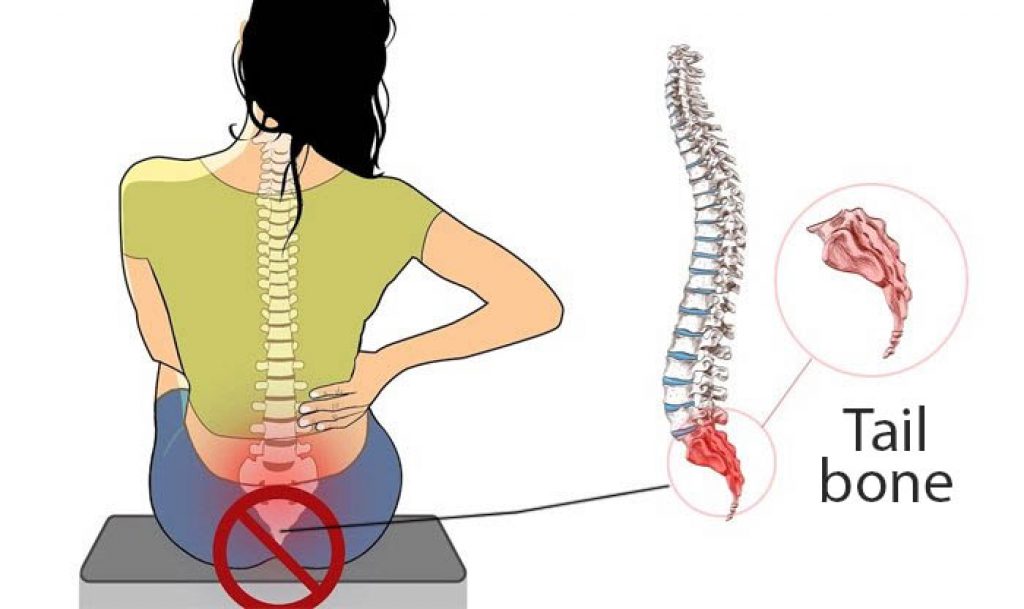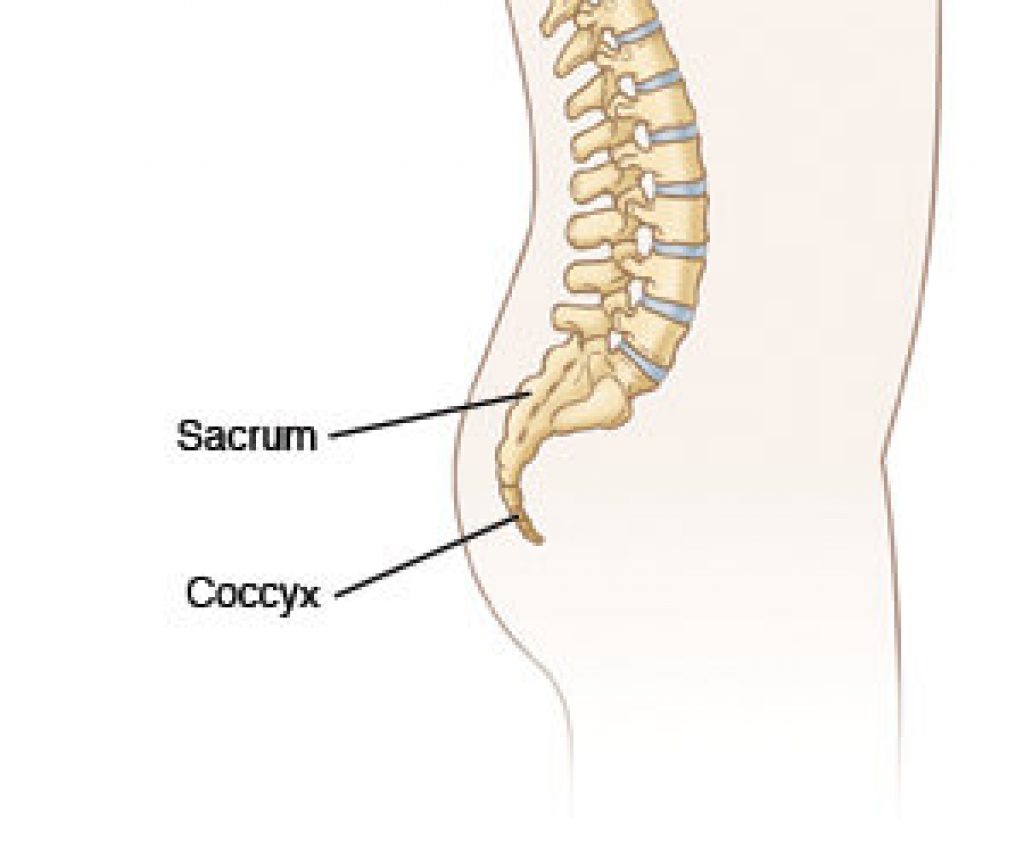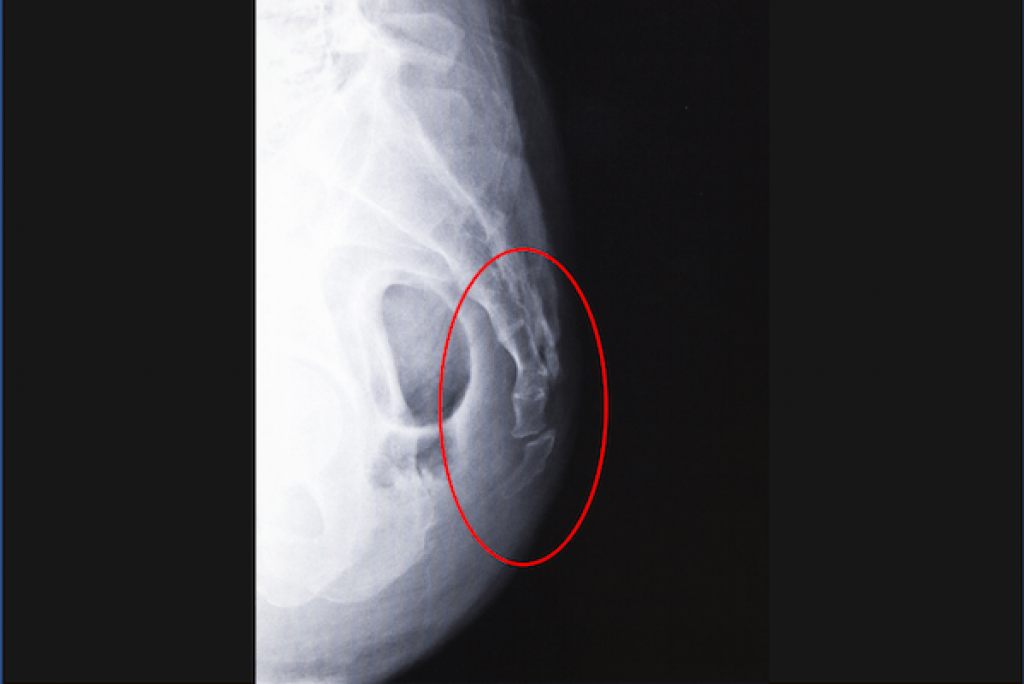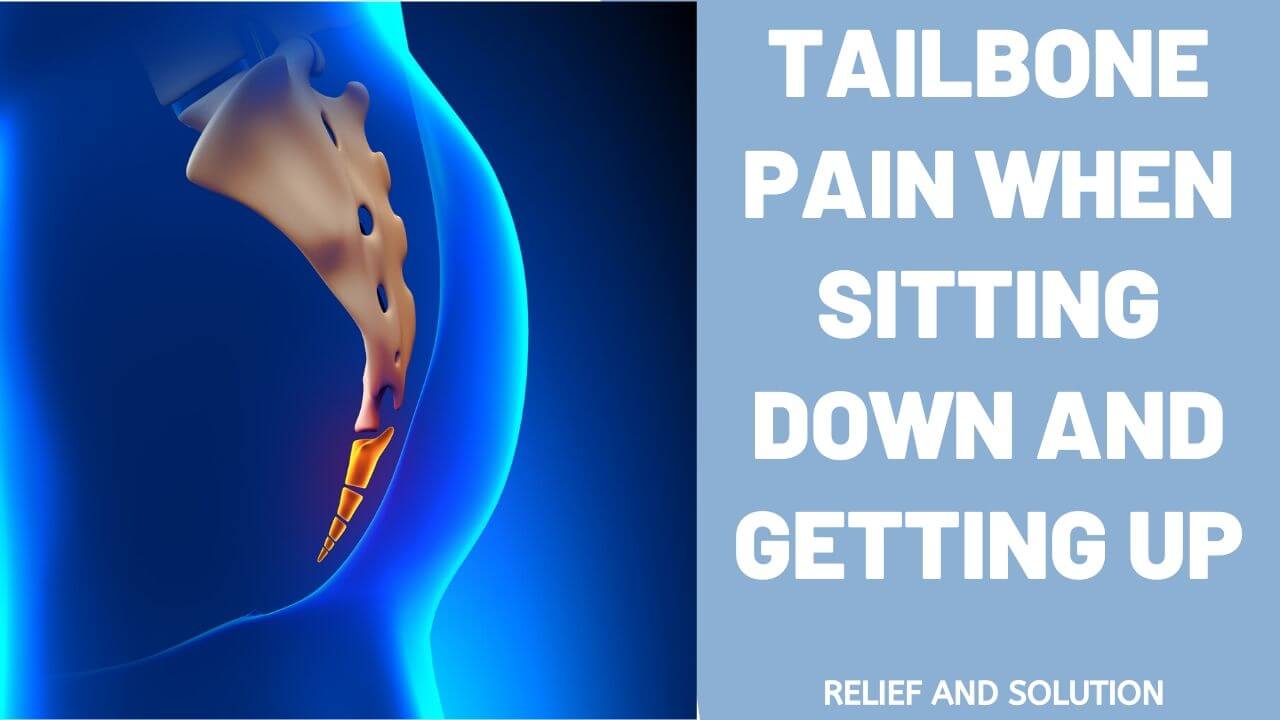Research and Evidence based article is taken from the study by Dr. Marshall Emig MD
Tailbone pain, or medically known as Coccydynia, is the tenderness at the tip of the tailbone. Coccydynia, or coccygodynia, is a pain in the region of the coccyx. Are you looking for the best hemorrhoid treatment with hemorrhoid seat cushion, then it is for you? Poor posture can put too much pressure on your coccyx. We will discuss Why Do You Feel Tailbone Pain When Sitting down and Getting up and also provide you a solution?

Most cases of tailbone are reported to be cured within weeks to months on its own or by non-conservative treatment. But some unfortunate patients suffer from tailbone pain severely for a long time in their lives [Source:].
There are a few popular cushions for tailbone pain in the market. They are:
The U-round shape Kieba orthopedic superior grade memory foam cushion will add relief and comfort to any chair, car seat, plane seat, bench wheelchair, or floor. Besides this Kieba Hemorrhoid allows one with great ergonomic support it promotes good posture, proper spine alignment, healthy weight distribution, and ultimate comfort and keeps you sinking all the time.
It doesn’t bunch up and not a high surface and very easy to pick it up and sit anywhere you want. The U shape Kieba is easy to move and more importantly, it is durable for years.
So if you want to kick your hemorrhoids pain with the little inflatable rubber then this one would be the winsome investment right away.
The pain is not permanent in most of the cases and should go away in a few weeks or in months.
You can try over-the-counter nonsteroidal anti-inflammatory drugs (NSAIDs) to relieve discomfort until your tailbone heals. These drugs include ibuprofen (Motrin, Advil) or naproxen (Aleve) can relieve pain.
Almost 90% cases of conservative treatment of tailbone have reported to be successful.

Tailbone is the short tail-like bone structure ending the spinal line down the hip.
The tailbone is a triangular-shaped joint consisting three to five coccygeal vertebrae or spinal bones. It is anatomically known as the Coccyx. The tailbone is triangular and consists of between three and five semi-fused bones. People will typically have coccydynia, when they are sitting or when something is putting pressure on the lower spine.
The coccyx works as a supportive structure for human skeleton in case of sitting, ducking, or squatting. It almost works like a gravitational balance between a human hip and the ground or the laying object.
Internally, the coccyx is the central joiner of the tendons, ligaments, and muscles.
A few of the pelvic muscles enter the tailbone as a musculoskeletal purpose.
In short, the tailbone is a significant joint of the human skeletal structure with a number of interactive functions.
Tailbone pain or coccydynia is related with the agitation in the lower back area, specifically in the said bone structure, the coccyx, or commonly known as the tailbone.
A typical tailbone pain occurs below the sacrum and above the anus. Prolonged sitting or transition from sitting to standing generates a worse condition of pain for the sufferers [Source].

Tailbone pain can be causal or it can be idiopathic, i.e. undetermined.
Women are more likely to be prone to tailbone pain due to their childbirth. During giving birth, their ligaments around the coccyx loosen for accommodating the newborn.
Pain emerges as a result of injury in the tailbone or damage in the tissue around the tailbone. Pain in coccyx can lead to difficulty sitting or leaning against the buttocks. The possible causes for the tailbone pain can be as follows:
A trauma or a severe injury may include the following:
Above experiences may be well connected with the tailbone agitations and further worsening conditions.
Various activities such as cycling, rowing, prolonged sitting, etc. can make you leaning forward more often. If this happens regularly, it can inflame or damage the tailbone or its surrounding tissues.
Such consistent activities may lead to tailbone numbness, discomfort, and achiness.
Women are more prone to coccydynia because of childbirth.
During giving birth the coccyx and the upper spinal bone kind of bend for convenient delivery. This way, the ligaments and muscles around coccyx may overstretch which eventually cause coccydynia in most women.
Repetitive injuries on and around the tailbone area, no matter how little they are, accumulate damage on the coccyx, ligaments, and muscles.
Contact sport activities like football, wrestling, kickboxing, etc. have more possibilities of producing repetitive injuries that may prove harmful to your tailbone in the long run.
One may not be able to withdraw from work, driving, or other tasks involving a prolonged sitting position. That’s why most working people, drivers, garments & factory workers, shopkeepers, etc. end up growing tailbone and other lower back complications.
You should keep eye on your back positing no matter what work you do for sparing yourself the worsened coccydynia symptoms.
Too much weight might put pressure on your coccyx and develop tailbone pain in the relevant area.
If one doesn’t keep his or her weight in check, things may get worse in the future.
Being underweight is not going to help you also in the case of coccydynia. Your coccyx needs enough muscle to support its position within the tissues.
So, check your body measurement and gain appropriate weight to maintain a balanced spinal structure.
On some rare and most unfortunate occasions, one may develop coccydynia because of having bone cancer. Even a cancer-initiating somewhere else in the body may spread and affect the spinal line.
A rare infection named Pilonidal Abscess may occur at the base of the spine and cause coccydynia.
With age, the coccyx weakens as the spinal discs of cartilage decline.
The forming bones of coccyx might infuse together and put stress on the coccyx which in turn may worsen the tailbone condition.
There are even times when one might find his or her tailbone affected by coccydynia without any possible reason.
Doctors may find it hard to diagnose the symptoms properly which makes it harder to find out the reason behind coccydynia.
Answer From Margaret Moutvic, M.D. Physical Medicine and Rehabilitation
To lessen tailbone pain in the meantime, it might help to:
Most traumatic injuries to tailbone wears off on their own without much effort and people can restart their physical activities naturally.
But some people might not end up as happily as others do. Their fractures on tailbone may stretch to an extent where they might suffer severely. In rare cases, the cause of coccyx pain may be an infection or tumor.
People who suffer from prolonged effects of fractured coccyx pain may need the following treatments and supports:
Your daily activities involve various postures throughout the day based on the type of work.
If you are an executive positioned in a desk-job, then you must pass most of your day sitting and working on your desk and on your laptop. If it is a movable job like delivery or dispatch, things are like to be involving walking, standing, bicycling, bike-riding, commuting, etc. for an extended period of time every day.
Standing or walking jobs may offer an alternative position and they might not damage the tailbone tissues as much as done during prolonged sitting, yet based on your weight, internal musculoskeletal complications, diseases, etc. things may go wrong even in such working styles.
A very basic tip-off could be noticing carefully that your tailbone and its immediate upper spinal disk don’t stretch and bend too much during leaning forward or sitting improperly. If this happens consistently, sooner or later, you will end up a coccydynia victim.
Tailbone pain or coccydynia may feel dull initially but at times things may get such complicated that you may even find it difficult to do the inactive movements like sitting.
When affected by coccydynia, sharp and stabbing pain may shoot through your lower back area while sitting for a long time.
Even in the transitioning, from sitting to standing up, you may feel the spasm in the muscles and tissues around the tailbone.
The agitation of tailbone pain or the coccydynia may disturb you differently.
Some victims may feel a persistent dull spasm in the tissues or muscles of the tailbone area. This dull pain can become sharp sometimes once or multiple times throughout the day.
Coccydynia may even shoot through your tailbone without any notice at all. This sudden attack can be so painful at times that you might find it hard to move, sit, or even stand up straight.
Most jobs are supposed to be done sitting on a chair like garments workers, bank counters, restaurant cashiers, and including desk jobs. So, people involved in such jobs are hampering their spinal structures by sitting too long in one place and cause sudden tailbone pain. These, unknowingly are leading them to coccydynia or tailbone pain in any sudden period.
Pilonidal Cyst is a sack formed at the top of the sacrum filled with debris and hair. Initially, there occurs abscess and often leads to infection if not treated and frequently exposed to unhygienic conditions.
Men are more at risk than women of pilonidal cyst as they grow more hair at the upper cleft of the buttock. Often these hairs deposit on the pores to form the abscess or blister.
Conditions that can cause pilonidal cyst are:
Symptoms and signs of a pilonidal cyst are:
Treatment of pilonidal cyst is most popularly the excision and curettage though many surgeons prefer the incision procedure as well.
[Source].
Methodically, two ways of treatment are applicable in the pilonidal cyst. They are:
The above treatments are based on the research article Pilonidal Disease by Amit Khanna and John L. Rombeau, published in 2011.
For more detail, you may check the link:
Before lying on the surgery table, a few things you might try to save you from the discomfort and pain of the pilonidal cyst.
Things you should do:
Don’t try to pop or squeeze the cyst. You might be able to drain out the pus but the hair follicle and debris shall remain in the cyst. This may risk your cyst area of infection and scar.
2. Don’t seat on hard object
3. Don’t ride for long hour in car/truck
Since tailbone pain is related to the lowest part of the spine, the exercises should be aiming to strengthen the muscles and tissues of the coccyx area so the spinal structure can be in proper alignment. A recent study found that people doing yoga exercises to increase thoracic spine mobility and to stretch the piriformis and iliopsoas muscles in the buttocks and hips. in study it is also found that tight, immobile lower back can lead to lower back pain.
There are two types of exercise you can do to relieve your tailbone pain. They are:
Regular Exercises or Stretches
The above exercise is also known as the Cat and Cow Stretch.
Do a handful of warm-up exercises before starting with the following yoga moves. It is imperative that your whole body muscles, ligaments, and tendons are well-groomed with the upcoming stretches and moves.
The warm-up exercises should ensure the blood flow as well as the oxygen supply throughout your body that makes it easier for the bones and muscles to align with the moves.
When coccydynia persists, there are several possible treatment options. These include:
By manual manipulation, the joint between the coccyx and the sacrum can be adjusted in order to reduce the coccyx misalignment, thus reducing the tailbone pain. Modern chiropractic therapy could be a great option for adjusting the spinal bones back to the right place.
Physical therapy experts identify the pain point and help you do the pelvic floor relaxation technique.
Local anesthetic might help you comforting the tailbone pain temporarily for a few weeks. Some doctors might also administer some anti-depressant or anti-epileptic medications.
Surgery could be the last resort when all other attempts prove failures. The surgical treatment removes the coccyx from your spinal structure to release you from the pain.
Using appropriate cushion it provides back support by reducing pressure on the tailbone and prevents coccidia as well as can help with sciatica or a herniated disc .
Depending on the severity of your tailbone injury, the healing time may vary.
Doctors may come up with the surgery or tailbone removal option after observing the severity of your tailbone pain for about six months at least.
An expecting mother may find her lower back hurting more often, especially during every trimester. Carrying your baby inside you puts naturally a pressure on your spine down the lane and discomforts the coccyx.
A coccyx cushion is used for:
Tailbone pain — pain that occurs in or around the bony structure at the bottom of the spine (coccyx) — can be caused by trauma to the coccyx during a fall, prolonged sitting on a hard or narrow surface, degenerative joint changes, or vaginal childbirth. … Defecation and sex also might become painful.Tailbone pain: How can I relieve it? – Mayo Clinic

1. Rest and stop any physical activity that causes pain. The more you rest, the quicker the injury can heal.
2. Ice your tailbone for about 20 minutes every hour while awake for the first 48 hours, then 2 to 3 times a day.
3. Use a cushion or gel donut when sitting.
4. Avoid sitting a lot.
Tailbone pain can be very uncomfortable. Fortunately, in most cases, the pain goes away on its own within a few months. During that time, there are steps your mother can take to help lessen the pain. … Tailbone pain, a condition called coccydynia, is usually dull achy pain in or around the tailbone. Weekend Wellness: In most cases, tailbone pain goes away within
1. Lie down on the back and extend the feet straight out.
2. Bend one knee toward the chest.
3. Hold onto the bent knee and pull it gently down into the chest.
4. Hold for 30 seconds, then repeat on the other side.
ComfiLife Coccyx Orthopedic Pillow -Best seat
cushion for buttock pain
Aylio Coccyx Seat Cushion -Best orthopedic seat
cushion
Ziraki Memory Foam Coccyx Pillow -Best cushion
for pilonidal cyst
Everlasting Comfort Seat Cushion – Best coccyx
cushion for heavy person
Kieba Coccyx Seat Cushion for Tailbone Pillow
Tailbone trauma – aftercare: MedlinePlus Medical Encyclopedia
How do you stretch out your tailbone? – Medical News Today
The research was taken from Dr. Marshall Emig, MD
 |
 |
 |
 |
Great Ones for You